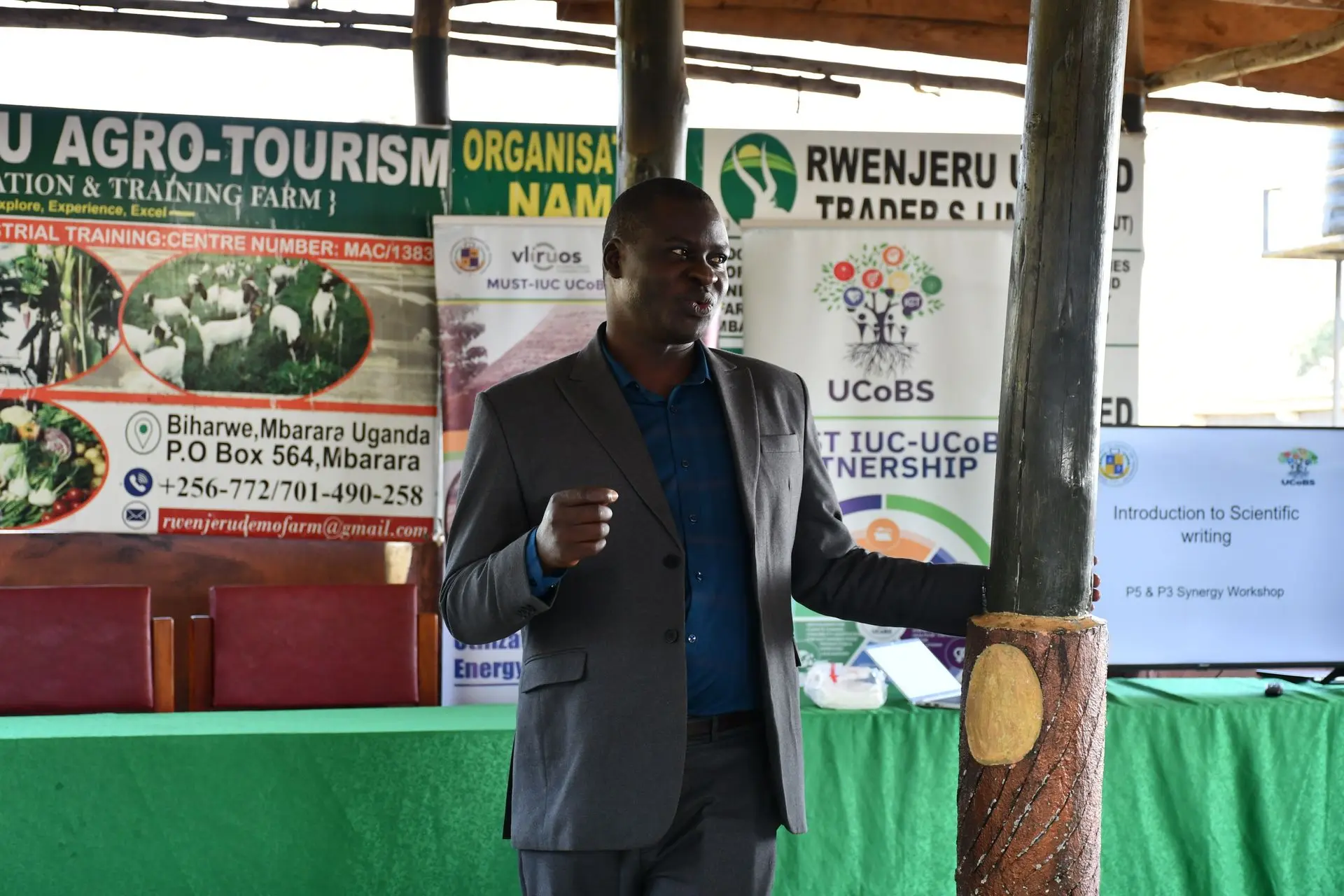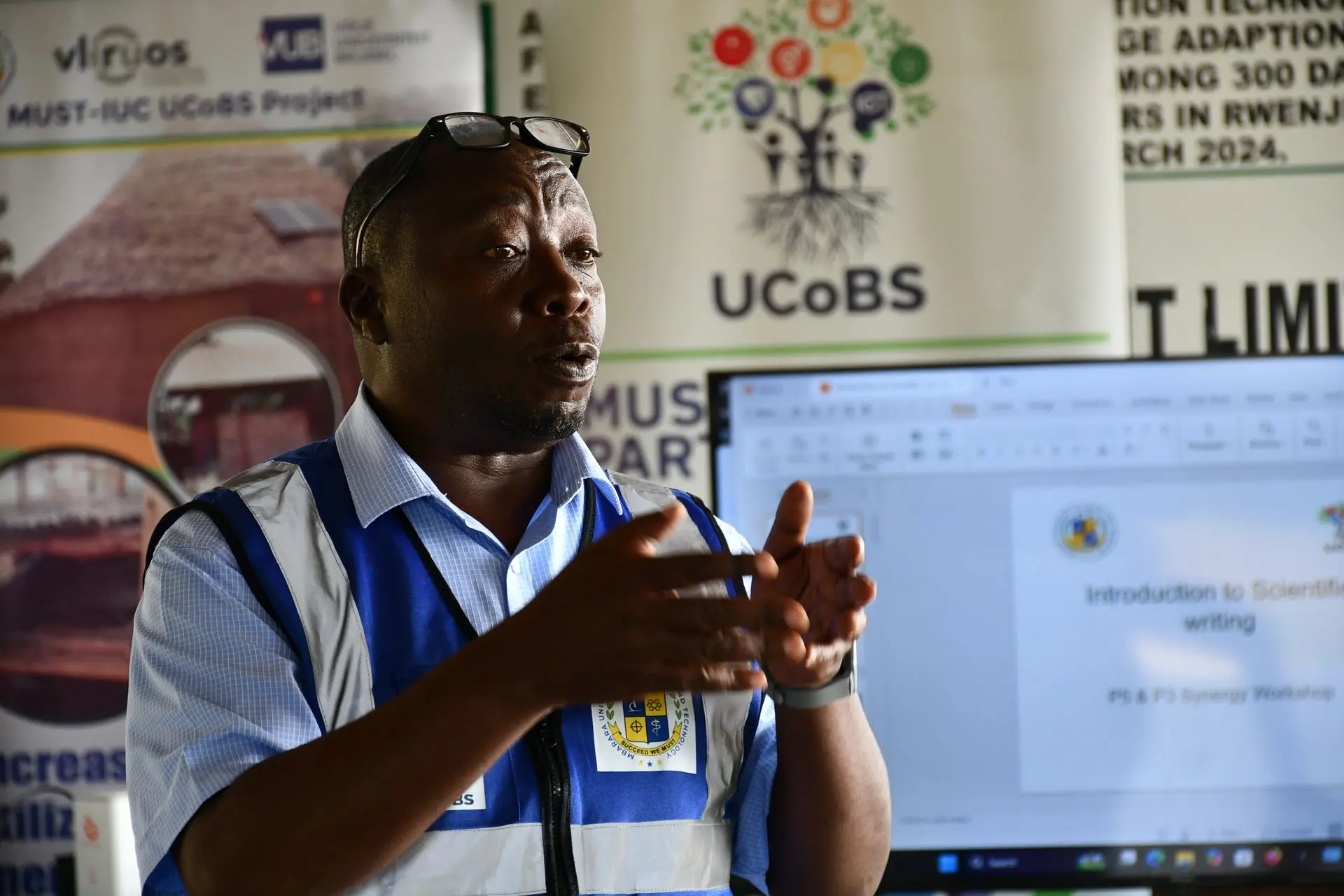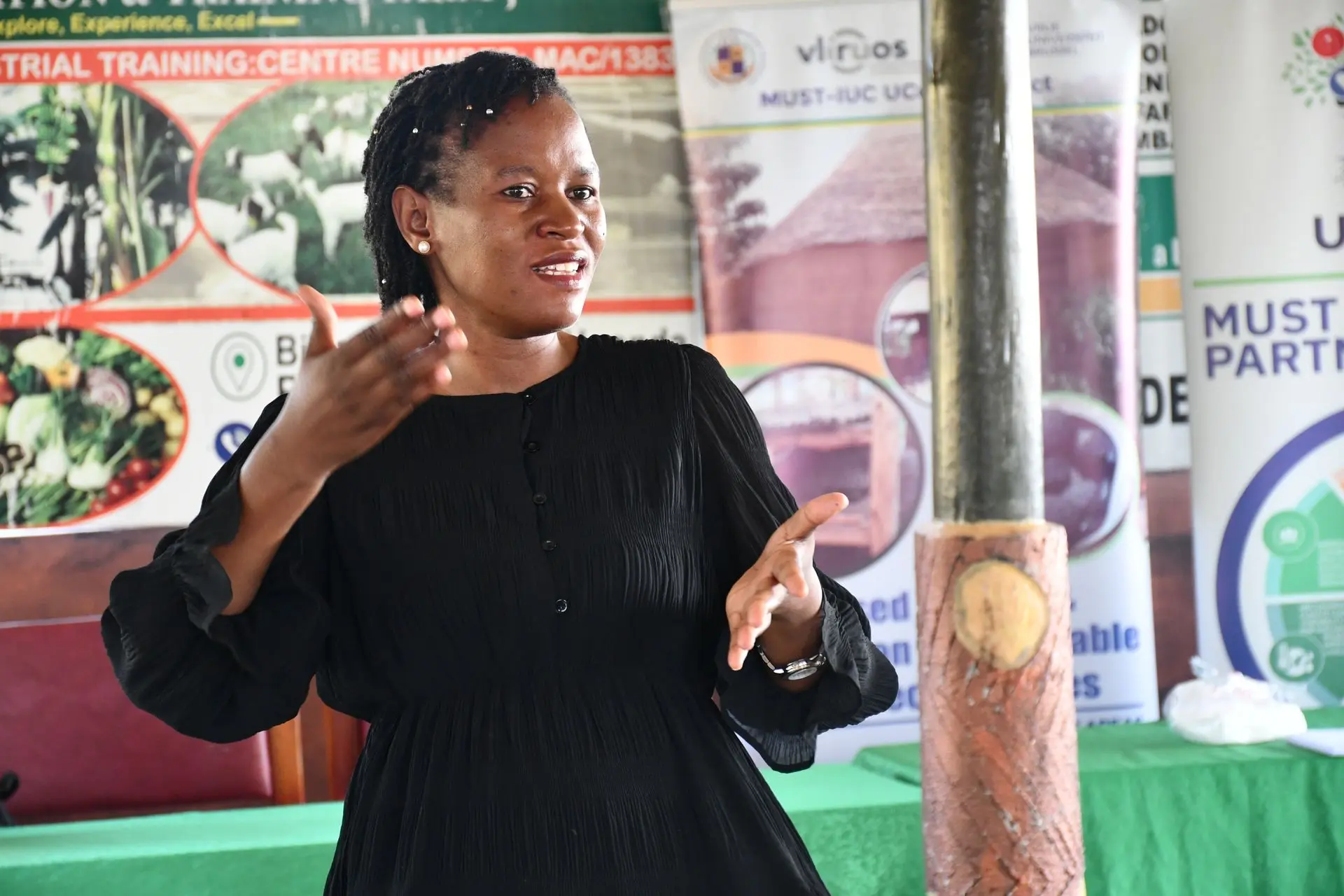Following the highly engaging synergy workshop co-organized by Project Three and Project Five at Rwenjeru Agro-Tourism Farm on March 10–11, 2025, seven dynamic teams of student innovators were challenged to tackle some of the farm's most pressing problems from high labor costs during planting season 🌱 to inadequate digital record-keeping 📒 and inefficient irrigation systems 💧inadequate power supply to run farm machinery.
Their solutions were not only innovative but bold, ranging from affordable automated irrigators and digital farm management systems to nutrient-monitoring machines and energy harvesting technologies ⚡. These ideas didn’t just aim to improve productivity they sought to transform operations, reduce costs, boost decision making, and enhance sustainability 🌍.
However, like many groundbreaking ideas, these innovations require intensive funding 💰a major hurdle for young innovators still in school.
✍️ The Power of the Pen: Writing for Change
To bridge the gap between innovation and implementation, Project Three organized a three-day synergy workshop on scientific writing for grant applications 📄. The goal? To equip young innovators with the practical skills to write compelling proposals that can attract the funding needed to bring their ideas to life.
Leading this impactful initiative is Project Five, with expert guidance from:
- Nuriat Nambogo – Grants Manager at CAMTech Uganda 👩🏽💼
- Dr. Manasseh Tumuhimbise – Project Five team lead and expert in scientific writing 📚
Their mission: help these young minds unlock funding opportunities by mastering the art of scientific storytelling.
🌞 A Warm Start and a Deep Dive
The day began with a warm welcome by Dr. Jones Obongoloch 👨🏽🏫, who set an inspiring tone and prepared participants for a deep dive into the fundamentals of scientific writing. The first sessions emphasized that innovators must learn to write not for themselves, but for their readers especially the funders 🧠💬.
Participants learned to:
- Clearly articulate a problem statement that reflects the magnitude of the challenge 📊
- Understand the total addressable market
- Become both keen readers and thoughtful writers to improve clarity and persuasion.
🛠️ The Craft of Writing: From Structure to Style
The teams were taken through the core stages of proposal writing:
- Planning 🧭 – Define objectives, organize team strengths, and map writing timelines
- Writing ✍️ – Use strong verbs, logical flow, and clear sentence structure
- Reviewing 🔍 – Embrace feedback and refine your message
- Submitting 📤 – Never miss a deadline, tailor your proposal to funder requirements
They also explored:
- Sentence construction (subject + verb + object)
- The power of active voice vs passive voice 🗣️
- Effective paragraph structure using topic and stress positions
- Proper punctuation as a tool for guiding the reader’s experience ✅
🔥 Passion Meets Purpose
As the sessions continued, the energy in the room kept rising. 💡 These young innovators were not just attending they were participating, questioning, and building ideas. There’s a shared fire burning, fueled by a deep belief that scientific writing can be the launchpad to funding and real-world impact.
By the end of this workshop, each team is expected to have a solid first draft of their grant proposal 📑. And who knows? The next big agri-tech breakthrough might just begin with a sentence written here.
We’re cheering them on every step of the way! 🌟
#InnovationInAgriTech #YouthInScience #FundingTheFuture


